Christine Dewerny (*1947 Leipzig), Female Torso, c. 1986, dark colored clay mounted on a light stone stele, 19 x 10 x 7 cm (depiction), 27 x 10 x 10 cm (stele), monogrammed "CHD" on the right thigh, the underside of the base inscribed by hand as "weibl. Torso" and signed "Dewerny".
- Stele with bumped corner and glued crack.
- Primal Femininity -
The "Female Torso", created around 1986, can be seen as the beginning of Christine Dewerny's actual artistic work, as she had given up her engagement as a theater sculptor that year in order to devote herself entirely to sculpture. This gives the work a programmatic character, which is also reflected in the fact that the torso was cast in bronze in 1987. The bronze-like patina of the terracotta suggests that the torso was conceived from the outset to be realized in bronze, although it is also a unique work of art in its own right.
Mounted on a light-colored stone stele that matches the dark patina of the figure, the torso is emphasized as a surviving fragment, which, placed in a state of suspension, also presents itself as a complete work of art. The fragmentary aspect gives the sculpture an archaic quality. Against the background of a symmetrically stylized originality, however, the torso appears extremely lively, which is brought about by the clear asymmetrical moments: The shoulders, the breasts and the legs break the uniformity imposed by the frontal view and set the torso in motion, giving the impression that it is moving as we walk around it.
The effect of liveliness is enhanced by the intentional firing cracks. They give the torso a visual vibrato. At the same time, they look like traces of age, which corresponds to the fragmentary nature of the figure and emphasizes the archaic character. This originality elevates the torso to something archetypal, which, pars pro toto, stands for femininity as such. For this reason, three years after the Female Torso, in 1990, Dewery created a 'Male Torso' as a counterpart. Seen as a symbol of the female body, the burn marks look like scars that mark the body with the suffering it has endured since its expulsion from paradise. At the same time, however, the marks are also traces of modeling that keep the formal force present in the form, which in turn increases the effect of liveliness, even though it is a torso. This paradox between fragmentary relic and living creation gives the sculpture its intense aura.
About the artist
As the daughter of a props master in Leipzig, Christine Dewerny was already interested in the visual world of the theater. Parallel to her training as a stage designer at the Deutsche Staatsoper, she studied at the Hochschule für Angewandte Kunst in Berlin and then, from 1965 to 1968, theater sculpture at the Hochschule für Bildende Künste in Dresden with Walter Arnold and Otto Thielike. This led to her work at the Berlin Volksbühne and Komische Oper, where she worked with directors such as Walter Felsenstein, Götz Friedrich and Harry Kupfer until 1986.
from 1986, Dewery devoted herself entirely to sculpture. In 1987 she was accepted into the Association of Visual Artists of the GDR and later became a member of the Professional Association of Visual Artists in Berlin. In 1994 she initiated the GEDOK Group Brandenburg, part of the most important association of women artists founded in 1926.
Christine Dewerny's work has been shown in numerous solo exhibitions. Her portrait busts, such as Siegfried Matthus (2007, Rheinsberg), Götz Friedrich (2008, Berlin), Hanns Eisler (2010, Berlin), Käthe Kollwitz (2013, Berlin), the Mask of Medea as a tribute to Christa Wolf (2016, Berlin) and Helmut Kohl (2018, Berlin), are particularly present in public spaces.
GERMAN VERSION
Christine Dewerny (geb. 1947 Leipzig), Weiblicher Torso, um 1986. Dunkel gefasster Ton an heller Steinstele montiert, 19 x 10 x 7 cm (Darstellung), 27 x 10 x 10 cm (Stele), auf dem rechten Oberschenkel mit „CHD“ monogrammiert und der Unterseite des Sockels handschriftlich als „weibl. Torso“ bezeichnet und mit „Dewerny“ signiert.
- Stele mit bestoßener Ecke und geklebtem Riss.
- Ursprüngliche Weiblichkeit -
Der etwa 1986 entstandene ‚Weibliche Torso‘ kann als Initialwerk von Christine Dewernys eigentlichem künstlerischen Schaffen gesehen werden, da sie in diesem Jahr ihr Engagement als Theaterplastikerin aufgekündigt hatte, um sich fortan ganz der Bildhauerei zu widmen. Damit kommt dem Werk ein programmatischer Charakter zu, der sich auch darin zeigt, dass der Torso 1987 in Bronze gegossen wurde. Die bronzeartige Patinierung der Terrakottaplastik legt nahe, dass der Torso bereits von Anbeginn für eine Umsetzung in Bronze konzipiert wurde, obwohl er zugleich ein für sich stehenden unikales Kunstwerk darstellt.
Die Befestigung an einer farblich mit der dunkel patinierten Figur konstatierenden hellen Steinstele hebt den Torso als überkommendes Fragment vor, das sich – in einen Schwebezustand versetzt – zugleich als vollständiges Kunstwerk präsentiert. Durch den fragmentarischen Aspekt weist die Plastik etwas Archaisches auf. Vor dem Hintergrund einer symmetrisch stilisieren Ursprünglichkeit wirkt der Torso jedoch äußerst lebendig, was durch die deutlichen asymmetrischen Momente bewirkt wird: Die Schultern, die Brüste und die Beine brechen die von der Frontalansicht vorgegebene Gleichförmigkeit auf und versetzen den Torso ‚in Bewegung‘, was den Eindruck hervorruft, er würde sich beim Umgehen seinerseits bewegen.
Die Lebendigkeitswirkung wird von den beabsichtigten Brandrissen gesteigert. Sie verleihen dem Torso ein visuelles Vibrato. Zugleich wirken sie wie Altersspuren, was dem Fragmentarischen entspricht und den archaischen Charakter der Figur unterstreicht. Diese Ursprünglichkeit erhebt den Torso zu etwas Urbildlichem, das – pars pro toto – für die Weiblichkeit als solche einsteht. Daher hat Dewery drei Jahre nach dem weiblichen, 1990, einen ‚Männlichen Torso‘ als Gegenstück geschaffen. Als Sinnbild des weiblichen Körpers betrachtet, wirken die Brandrisse wie Narben, die dem Körper ein seit der Vertreibung aus dem Paradies währendes Leiden einschreiben. Die Spuren sind aber zugleich auch Spruen der Modellierung, die die Formkraft weiterhin in der Form präsent halten, was abermals die Lebendigkeitswirkung steigert, obwohl es sich doch einzig um einen Torso handelt. Aus diesem Paradox zwischen fragmentarischem Relikt und lebendiger Schöpfung speist sich die intensive Aura des Bildwerks.
zur Künstlerin
Als Tochter eines Requisitenmeisters in Leipzig war Christine Dewerny ein Interesse an der Bildwelt des Theaters in die Wiege gelegt. Parallel zur Ausbildung als Bühnenbildner an der Deutschen Staatsoper studierte sie an der Berliner Fachhochschule für Angewandte Kunst, um anschließend, von 1965 bis 1968, an der Hochschule für Bildende Künste Dresden unter Walter Arnold und Otto Thielike ein Studium der Theaterplastik zu absolvieren. Dies führte zu ihrer bis 1986 währenden Tätigkeit an der Berliner Volksbühne und der Komischen Oper, wo sie unter anderen mit den Regisseuren Walter Felsenstein, Götz Friedrich und Harry Kupfer zusammenarbeitete.
Ab 1986 widmete sich Dewery ganz der Bildhauerei. 1987 wurde sie in den Verband Bildender Künstler der DDR aufgenommen und anschließend Mitglied im Berufsverband Bildender Künstler Berlin. 1994 initiierte sie die GEDOK-Gruppe Brandenburg, der 1926 gegründeten wichtigsten Vereinigung weiblicher Künstler.
Das Oeuvre von Christine Dewerny wurde in zahlreichen Einzelausstellungen gezeigt. Im Öffentlichen Raum sind insbesondere von ihr geschaffene Porträtbüsten präsent, wie Siegfried Matthus (2007, Rheinsberg), Götz Friedrich (2008, Berlin), Hanns Eisler (2010, Berlin), Käthe Kollwitz (2013, Berlin), die Maske der Medea als Ehrung für Christa Wolf (2016, Berlin) und Helmut Kohl (2018, Berlin).
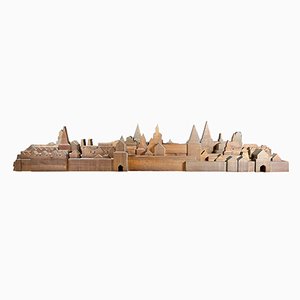
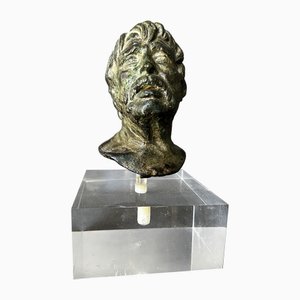
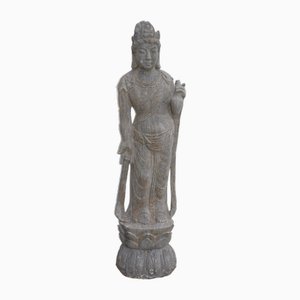
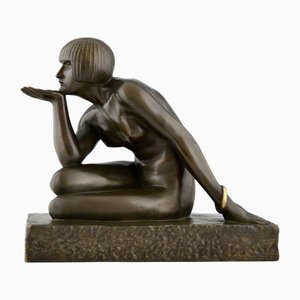




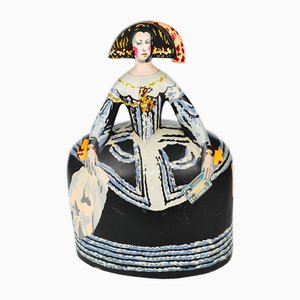
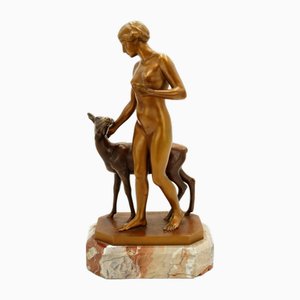





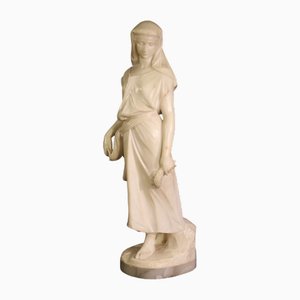

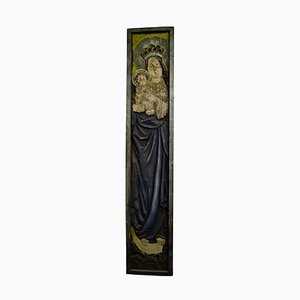
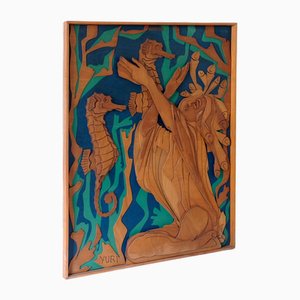
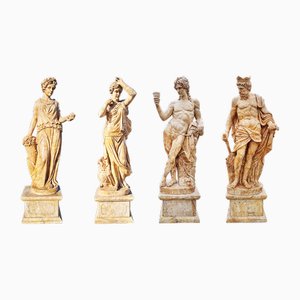
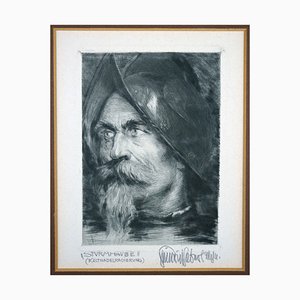
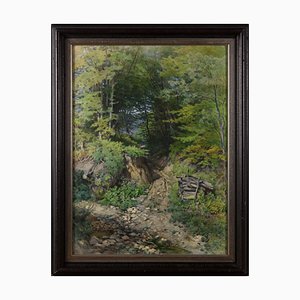



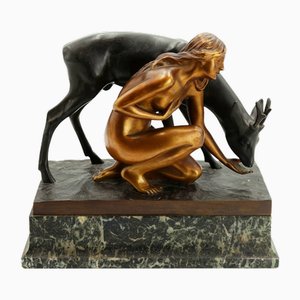
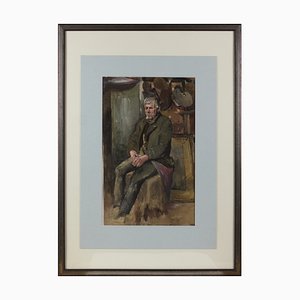
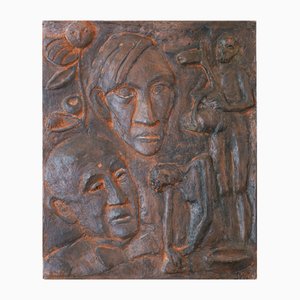
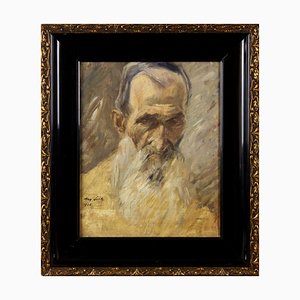
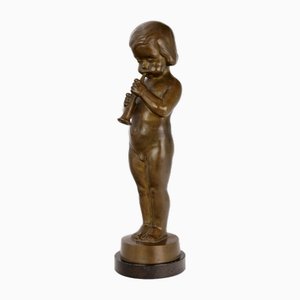
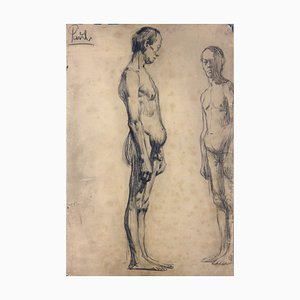

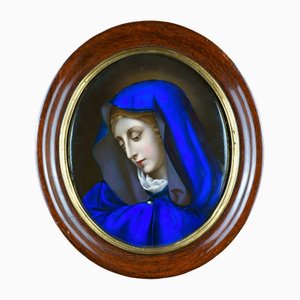


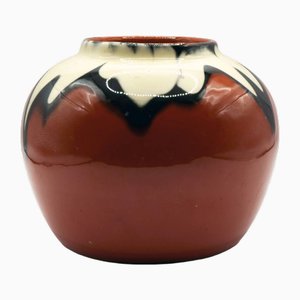


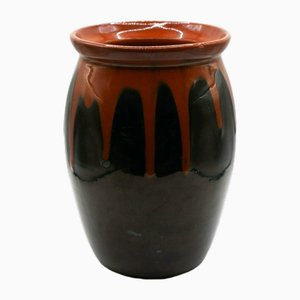
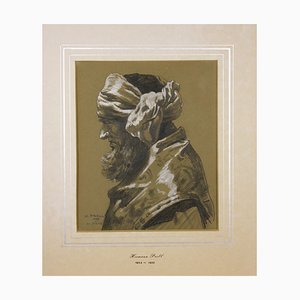
Get in Touch
Make An Offer
We noticed you are new to Pamono!
Please accept the Terms & Conditions and Privacy Policy
Get in Touch
Make An Offer
Almost There!
To follow your conversation on the platform, please complete the registration. To proceed with your offer on the platform, please complete the registration.Successful
Thanks for your inquiry, someone from our team will be in touch shortly
If you are a Design Professional, please apply here to get the benefits of the Pamono Trade Program